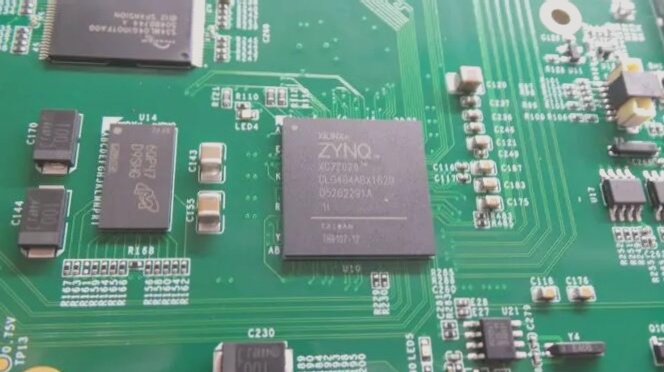PCB Expertise: Exploring the World of Circuit Board Electronics
Introduction to Electronics and Circuit Technology
As a PCB specialist, my focus lies in the realm of electronics, electronic devices, and electronic circuits, all falling under the physics branch of electronics.
Utilizing Electronic Components for Circuit Interconnection
Within this domain, we harness a range of electronic components, including “active devices” and “passive devices,” to craft interconnection technologies for circuits.

The Significance of Circuit Board Electronics
Active devices exhibit nonlinear characteristics, enabling the amplification of weak signals, making circuit board electronics indispensable in information processing, communication, and signal processing.
Evolution from Vacuum Tubes to Semiconductor Devices
In 1897, Joseph Thomson’s discovery of electrons marked the birth of electronics. While early electronics relied on vacuum tubes, modern devices predominantly employ semiconductor devices for control.
Distinguishing Circuit Board Electronics
Circuit board electronics differ from electrical and electromechanical sciences by focusing on interconnection technologies, enhancing circuit functionality, and creating functional systems.
Exploring Analog and Digital Circuits
Circuits can be categorized into analog and digital circuits, with analog circuits utilizing continuous functions for signals and digital circuits employing discrete digital signals, often represented by 0 and 1.
Understanding Analog Circuits
Analog circuits feature analog signals in continuous form, categorized into linear and nonlinear circuits based on the relationship between current and voltage signals.
Embracing Mixed Signal Circuits
Modern circuits often combine analog and digital technologies to enhance performance, blurring the lines between traditional analog and digital distinctions and giving rise to “mixed signal” circuits.
Embracing the Future of Digital Circuits
As technology advances, the integration of analog and digital elements continues to shape the landscape of circuit design, paving the way for innovative solutions to practical problems.
The Foundation of Digital Circuits in PCB Design
When it comes to digital circuits, engineers often use terms like “digital circuits”, “digital systems”, or “logic” interchangeably. These circuits operate at various voltage levels and form the basis of all digital computers, implementing Boolean algebra.
The Process of Circuit Analysis
Circuit analysis involves converting a circuit into a system with many unknowns. Physical quantities like node voltages and path currents become unknowns in the system, which can be linear or nonlinear. Engineers commonly use the SPICE circuit simulator for this analysis.
Modern Approach to Circuit Design
Today’s electronic engineers utilize pre-defined modules for circuit design, including power supplies, semiconductor components like transistors, and integrated circuits. Electronic design automation software, such as NI Multisim and Cadence (OrCAD), aids in circuit diagram creation and printed circuit board design.
Understanding Electronic Components
Electronic components are crucial in electronic systems, influencing electrons or their associated fields as needed. These components, like capacitors, resistors, and diodes, are interconnected on a printed circuit board (PCB) through soldering to create specific functions like amplifiers or radio receivers. They can be discrete or integrated circuits, categorized as active (e.g., transistors) or passive (e.g., resistors) components.
The Role of Mathematics in Circuit Board Electronics
Mathematical methods are vital in the study of circuit board electronics. To excel in electronics, one must grasp the mathematics behind circuit analysis and electromagnetism theory.



